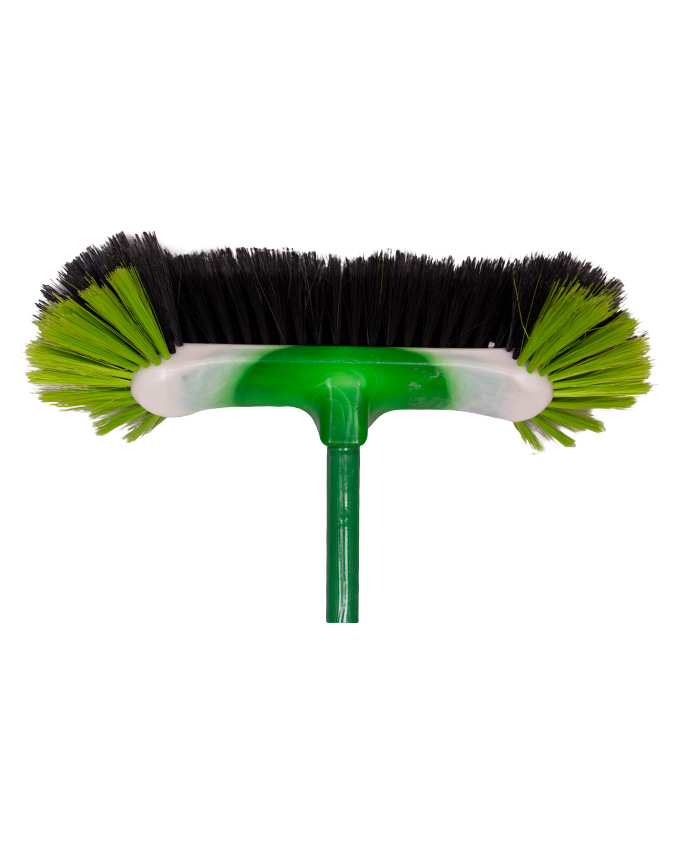

Within a peri-urban reserve close to the city of Concepción, south-central Chile, we investigated the influence of different site and landscape characteristics on the richness of native and alien plant species across different habitat (ruderal, road and forest sites) and forest types (native and alien dominated forests). However, little is known about the factors that determine invasibility and the role of roads and other human disturbances for such small protected areas. Particularly, intense propagule pressure by alien plant species can pose a threat to native biodiversity.

Cytisus scoparius – The most common variety, with its distinctive golden yellow color.High human density and land use intensity often coincide with biodiversity hotspots making peri-urban reserves a keystone for conserving natural remnants in a highly anthropogenic matrix.Cytisus kewensis – Delicate creamy white blooming.Cytisus purpureus – Very appealing original purple color.Cytisus beanni – Very beautiful intense yellow blooming.Cytisus albus – Cute white flowers in spring.The most common broom shrub varieties are:

The somewhat fire-resistant seeds can then sprout and conquer the land! Don’t plant this near your house if the area is prone to drought and fire hazards. On top of being invasive, you should know that French broom actually fuels forest fires! Indeed, part of this plant’s strategy is to help fires wipe native plants out. Important note: in many states and countries, French broom is invasive.Very hardy to freezing and cold, rest assured that it won’t suffer in any way even when temperatures drop to 5☏ (-15☌). You can also propagate it after 2-3 years by preparing cuttings, which is a great way to replace the mother plant regularly. French brooms only live for a few years, 5 at most, which means they must be replaced after this span of time. Its growth is relatively fast and it adapts well to most soil and climate types. This shrub bears flowers abundantly and it is very colorful, a real ball of fiery gold for the most part of spring. You can also reshape your French broom to a nice shape just after the blooming.Īs regards watering, the first year is the only year where regular watering is needed. In the subsequent years, prune the sprigs of the year on the French broom after the blooming more or less by half. It is preferable to not prune it too early after planting, so that it may quickly grow into its natural shape. Pruning and caring for French broomįrench broom is a shrub that is easy and only requires very little care, both for pruning and for watering. It’s actually what makes this shrub so invasive.

These germinate easily when they’re given lots of light. However, each shrub produces thousands of seeds every year.


 0 kommentar(er)
0 kommentar(er)
